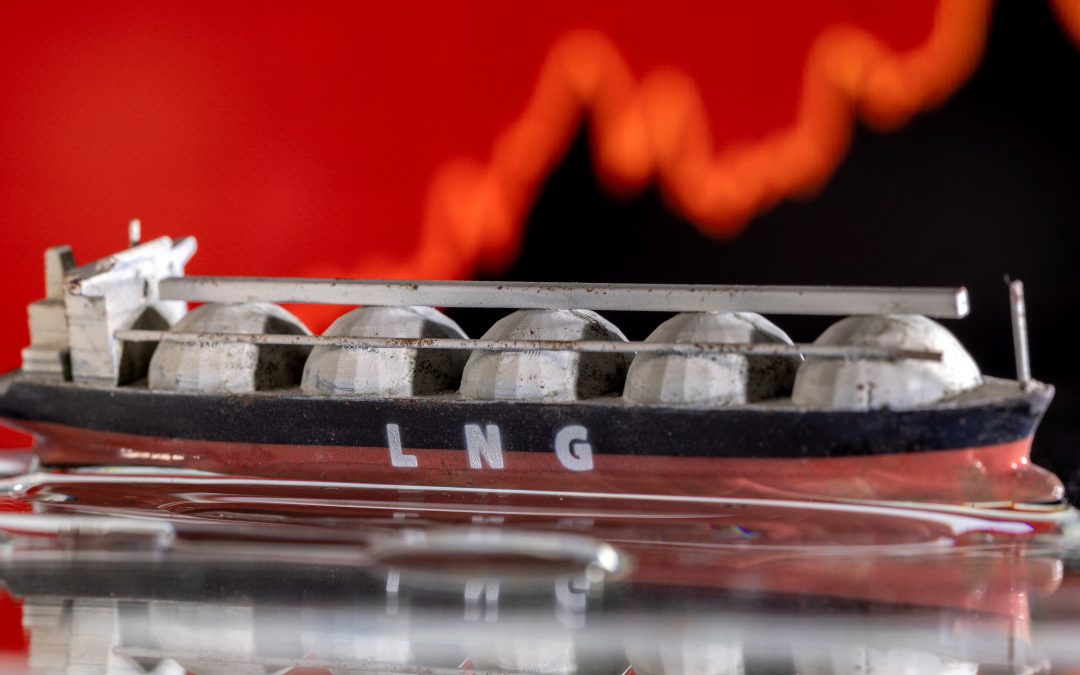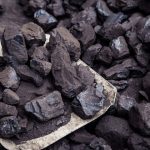US natural gas production growth could be on pause until more LNG export capacity comes online later this decade, panelists speaking from Hart Energy’s Super Dug conference in Fort Worth, TX said recently.
While underinvestment in crude production in the US and globally could fuel a rally in the oil markets by later this year, according to market experts at the conference, many were less confident about the short-term outlook for US natural gas.
“We don’t want to lean into the natural gas drilling right now,” said keynote speaker Clay Gaspar, executive vice president and COO, of Devon Energy. “I personally still think there’s a tremendous amount of pressure on natural gas [right now],” he said in the conference’s opening session May 22.
From January to September 2022, US gas production leaped about 5-6 Bcf/d, as global gas prices surged, US LNG export capacity expanded and domestic gas-fired power demand jumped as US coal plants continued to retire. Since topping 101 Bcf/d last fall, though, US gas production growth appears to have largely stalled out, data from S&P Global Commodity Insights showed.
In 2022, much of the growth in US production was fueled by just two basins – the Permian and the Haynesville – both of which now face different challenges.
In West Texas, insufficient midstream capacity has limited growth. In East Texas and Louisiana, relatively higher drilling costs and sharply lower gas prices this year have prompted many operators to ease up on new drilling. This spring alone, the Haynesville has already shed some 15-20 rigs with many acreage holders there now throttling output in response to the weaker market environment for natural gas.
Demand
According to panelists at the Super Dug conference, the broader slowdown in US gas production, beyond the Permian and the Haynesville, is also a combined function of insufficient demand growth and inadequate midstream infrastructure – both factors which will likely take to time to correct.
According to Gaspar, many producers are now awaiting more demand before growing output. “Until we get the LNG infrastructure really in place, I think natural gas is going to be pretty challenged,” he said.
According to Steve Pruett, Chairman of the Independent Petroleum Association of America, policies adopted by the Biden Administration have also stymied infrastructure permitting at federal agencies, making it harder for projects like the Mountain Valley Pipeline to bring gas production to new markets.
Over the past five years, most of the growth in US gas demand has come via access to new infrastructure – principally LNG export terminals and the pipelines built to reach them.
In 2023, US LNG feedgas demand has averaged just over 13 Bcf/d, hitting record highs at over 14 Bcf/d more recently. During the lower-demand shoulder season, LNG feedgas can account for nearly 15% of total US gas demand, according to S&P Global data. Over the next five years, LNG export terminals already under construction promise to add more export demand — some 61 million mt/year more, or about 8.3 Bcf/d, data compiled by S&P Global showed.
Assuming adequate midstream infrastructure is in place, anticipated demand growth from the mid- to late-2020s makes it a compelling time for US producers to lean more heavily into US gas production growth, as Gaspar suggests. With the Henry Hub forward gas market priced at over $4 in the mid- to late-202s, it could also be a more profitable time to ramp up output.
According to a project tracker compiled by S&P Global, projects still in their pre-FID phase could add another 250 million mt/year of additional capacity within the next decade, including projects like the Sabine Pass Stage 5 expansion (Trains 7-9), Cameron LNG Train 4, Corpus Christi Stage 3, Calcasieu Pass 2 (CP2), Lake Charles LNG, Port Arthur LNG (Trains 3-4) and Driftwood LNG.
Source: Hellenic Shipping News






